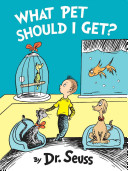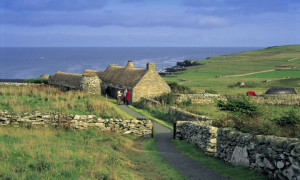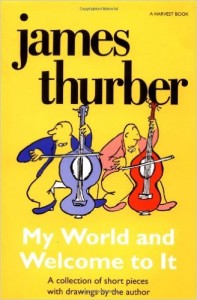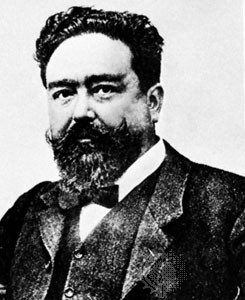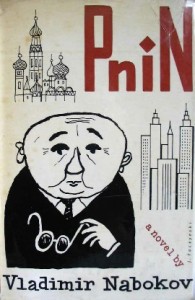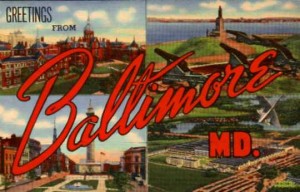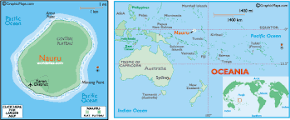From August 5, 2015 New York Times crossword
24 Down Miracle Mets player Tommie
As we approach the fall, baseball is now in full swing (pun intended). Most of us who do the crossword are accustomed to seeing baseball references on a fairly regular basis. Earlier this month, there was a clue about a Miracle Mets player. No one would ever accuse me of any kind of baseball historian, but even I have heard of the Miracle Mets, but I did not know the name of this one in particular: Tommie Agee.
The Miracle Mets story of one of those that Hollywood loves – a down and out team – practically the butt of jokes among sportswriters, which somehow manages to turn the tide and even more miraculously, win the World Series. What made this turnaround so amazing is that it was due in large part to two catches by Agee.
more miraculously, win the World Series. What made this turnaround so amazing is that it was due in large part to two catches by Agee.
During the fourth inning, with runners on first and third and with two outs, Oriole catcher Elrod Hendricks hit a long drive to center field. Agee sprinted and caught the ball backhanded, even crashing into the wooden fence, all the while holding onto the ball.
Then in the seventh inning, again with two outs, but with the bases loaded, Paul Blair of the Orioles hit a drive to center field. This time, Agee managed to catch the ball single-handed while diving and sprawled full length.
The Mets went on to win the World Series that year after placing ninth in the previous season. Gil Hodges, manager of the Mets credits Agee with one of the greatest catches in the team’s history.
All of this is somewhat surprising as Agee did not start out as a superstar when playing with the Mets. In his first time at bat, he was hit on the head by a pitch from Bob Gibson, and was 0 and 34 at one point in the season. In spite of this, he went on to be one of their best hitters in the National League playoffs, hitting .271. He went on to play three more seasons with the Mets before being traded to the Astros and later the St. Louis Cardinals. He died of a heart attack in 2001 at the young age of 58.

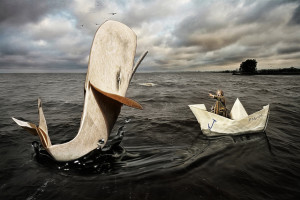
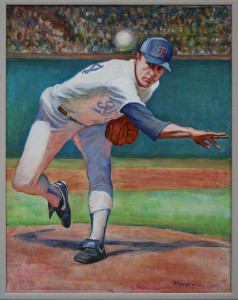
 rs ago, I stumbled across some easy to read guides on memorizing geography. These were fun to read, fun to memorize, and greatly enhanced my knowledge of the various countries. In his book, Easily Memorize the World Map – Asia, author Siddhartha Sinha offers creative mnemonics for tackling the above question. He uses mostly straight lines to draw rough approximations of the countries and groups are added sequentially, along with the memorization tips necessary.
rs ago, I stumbled across some easy to read guides on memorizing geography. These were fun to read, fun to memorize, and greatly enhanced my knowledge of the various countries. In his book, Easily Memorize the World Map – Asia, author Siddhartha Sinha offers creative mnemonics for tackling the above question. He uses mostly straight lines to draw rough approximations of the countries and groups are added sequentially, along with the memorization tips necessary.
 He approached Seuss with the task of reducing it to 250. He then challenged him to write a book using only those words and to make it a book that children could not resist. The result of this challenge was The Cat in the Hat.
He approached Seuss with the task of reducing it to 250. He then challenged him to write a book using only those words and to make it a book that children could not resist. The result of this challenge was The Cat in the Hat.